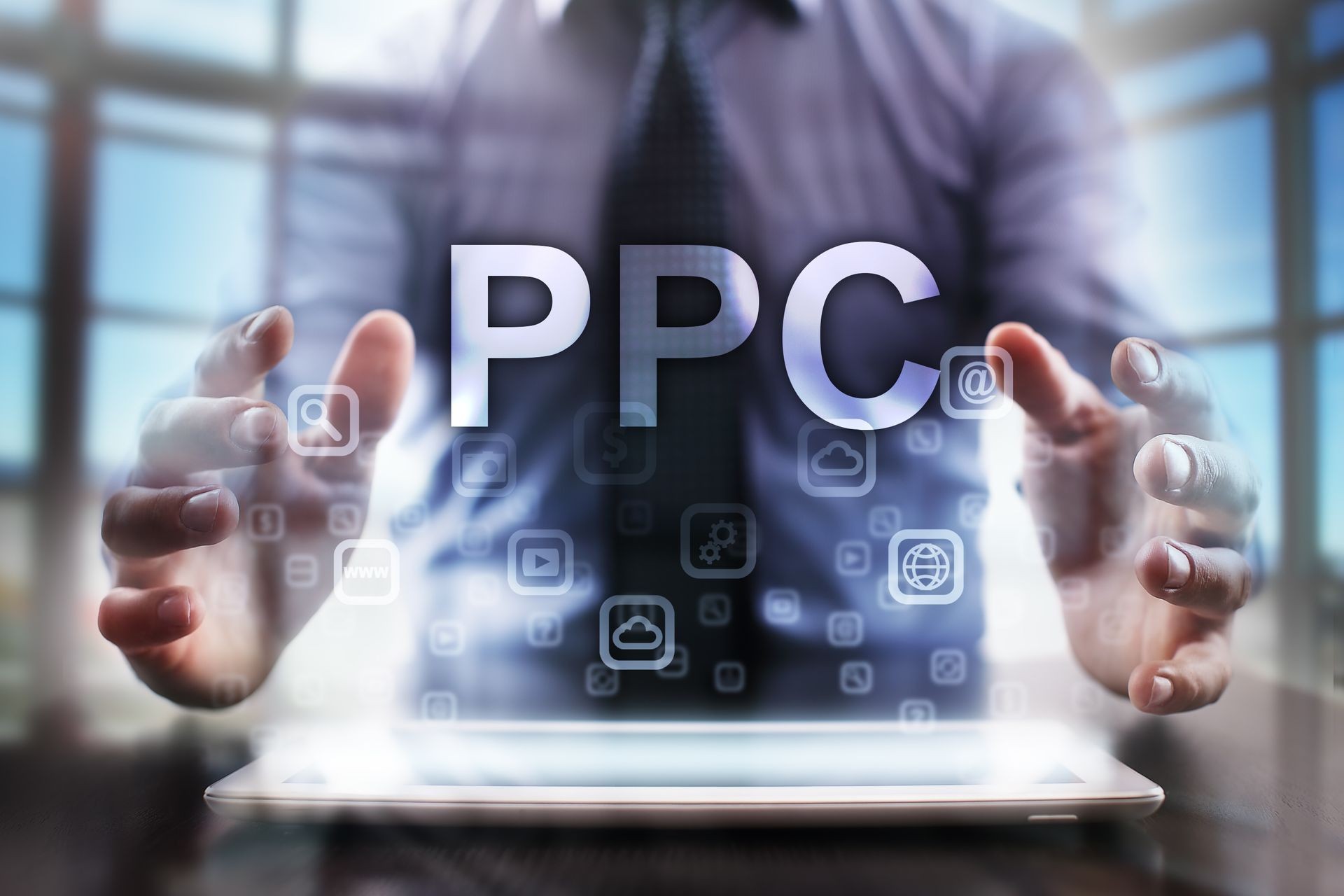PPC
Pay-Per-Click is an online advertising model where advertisers pay a fee each time their ad is clicked. It’s a way of buying visits to your site rather than attempting to earn those visits organically. PPC is most commonly associated with search engine advertising, such as Google Ads, but it also includes display advertising, social media advertising, and more.
Key Point
Campaign Structure:
Campaigns: The highest level, typically centered around a common goal or product category.
Ad Groups: Subcategories within campaigns that house related keywords and ads.
Ads: The actual advertisements that users will see, tailored to the keywords in their respective ad groups.
Keyword Research:
Identify and select relevant keywords that potential customers are likely to use when searching for products or services.
Use tools like Google Keyword Planner, SEMrush, or Ahrefs to find high-traffic and low-competition keywords.
Ad Creation:
Write compelling and concise ad copy that includes relevant keywords and a strong call to action.
Design visually appealing display ads for visual campaigns.
Ensure ad copy aligns with the landing page content to improve Quality Score and conversion rates.
Bidding Strategies:
Manual CPC: Set your maximum cost-per-click bids manually.
Automated Bidding: Allow the platform to adjust your bids to maximize clicks, conversions, or other objectives.
Enhanced CPC:
Adjusts manual bids to maximize conversions while trying to keep your cost-per-conversion the same.
Ad Extensions:
Use ad extensions to provide additional information and improve ad visibility, such as site links, callouts, structured snippets, and call extensions.
Landing Page Optimization:
Design landing pages that are relevant to the ad and optimized for conversions.
Ensure fast load times, mobile responsiveness, and clear calls to action.
Targeting Options:
Demographic Targeting: Reach users based on age, gender, income, and more.
Geographic Targeting:
Show ads to users in specific locations.
Device Targeting: Customize ads for desktops, tablets, and mobile devices.
Remarketing:
Target users who have previously visited your website but did not convert.
Performance Tracking and Analytics:
Use tools like Google Analytics and the advertising platform’s own analytics to track ad performance.
Monitor key metrics such as CTR (Click-Through Rate), CPC (Cost-Per-Click), CPA (Cost-Per-Acquisition), and conversion rates.
A/B Testing:
Conduct split testing on different ad copies, headlines, images, and landing pages to identify what works best.
Continuously refine and optimize campaigns based on test results.
Budget Management:
Allocate budget across campaigns and ad groups to maximize ROI.
Adjust bids and budgets based on performance data to ensure cost-effective advertising.
Benefits of PPC:
Immediate Results: Unlike SEO, which can take time, PPC can drive traffic and conversions almost immediately after the campaign starts.
Targeted Reach: Ability to target specific demographics, locations, and devices ensures that ads reach the most relevant audience.
Measurable ROI: Detailed analytics provide insights into campaign performance, allowing for precise measurement and adjustment of ROI.
Control Over Budget: Set daily or monthly budgets and maximum bids to control advertising costs.
Flexibility and Scalability: Easily adjust campaigns based on performance, budget, and business goals.
By effectively utilizing PPC advertising, businesses can achieve higher visibility, drive qualified traffic to their websites, and generate leads and sales efficiently.

